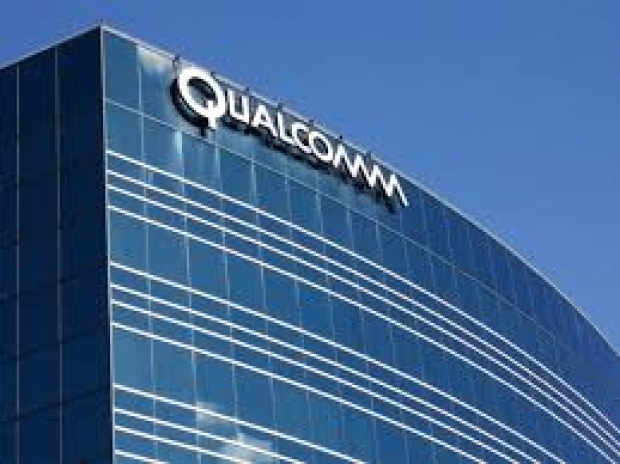The chip will only support the slower sub-6GHz versions of 5G, not the faster mmWave standard, but it is widely seen as a start.
The new Snapdragon 690 also promises a variety of other improvements over the previous 6-series chips. Qualcomm says it will offer 20 percent better CPU performance and 60 percent faster graphics rendering compared to the Snapdragon 675.
Adding 5G support with the new Snapdragon X51 modem is particularly important for the broader adoption of 5G, given that the company’s 6-series chips tend to show up in midrange and budget phones.
Previously, 5G was limited to just Qualcomm’s top tier 8-series chips - like the flagship Snapdragon 865 - and the semi-premium Snapdragon 765 and 768G.
In addition to 5G, the Snapdragon 690 will support 120Hz displays for faster refresh rates, along with 4K HDR video capture - both a first for the 6-series. The Snapdragon 690 will also enable up to 192-megapixel cameras on midtier devices.
Expect to see the first 5G phones powered by a Snapdragon 690 in Q2 2020, with HMD, LG, Motorola, Sharp, and TCL among the companies that are planning to release devices with the new chipset.
ABI Research David McQueen, Research Director said that Qualcomm's new 5G mobile platform is designed to make 5G user experiences even more broadly available globally.
He said it will enable mobile OEMs to bring 5G affordable devices to the marketplace, supporting services such as on-device AI and advanced entertainment experiences, including multiplayer gaming, and 4K HDR streaming, and 120hz displays. Early smartphones powered by this platform are expected to be commercially available in the second half of 2020.
"The Snapdragon 690 joins the 800-series and 700-series on Qualcomm's roster of 5G platforms, expanding its offer across multiple tiers with this latest addition bringing the 5G experience down to even lower price points. The new platform will undoubtedly allow OEMs to expand 5G deep into their smartphone portfolios, delivering more cost-effective and affordable products, which will drive the proliferation of and significantly increase the addressable market for 5G smartphones”, McQueen said.
“With the anticipated frantic pace of plunging 5G smartphone prices in 2020, driven by the availability of cheaper components and pricing policies of chipset vendors, consumers will be eager to embrace these new 5G mobile experiences. Qualcomm's new platform will combine with other solutions to help serve this pent-up demand, possibly augmented by markets as they emerge from COVID-19 lockdown and fulfil the promise of quickly putting 5G products into more hands globally.”
He thinks this will be good news for smartphone replacement cycles and technology migration in the short term.
“Still, this rapid change, particularly compared to previous generations, could be detrimental to the market in the mid- to long-term. The 5G high-end market is quickly becoming saturated and relying on the replacement market. The vendors that are better equipped to adjust their portfolios to target the 5G low- and mid-priced sectors, as well as the price-competitive and fast-growing emerging markets, will carve out viable revenues and profit margins."




